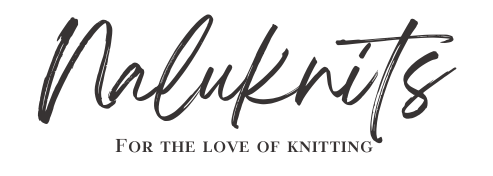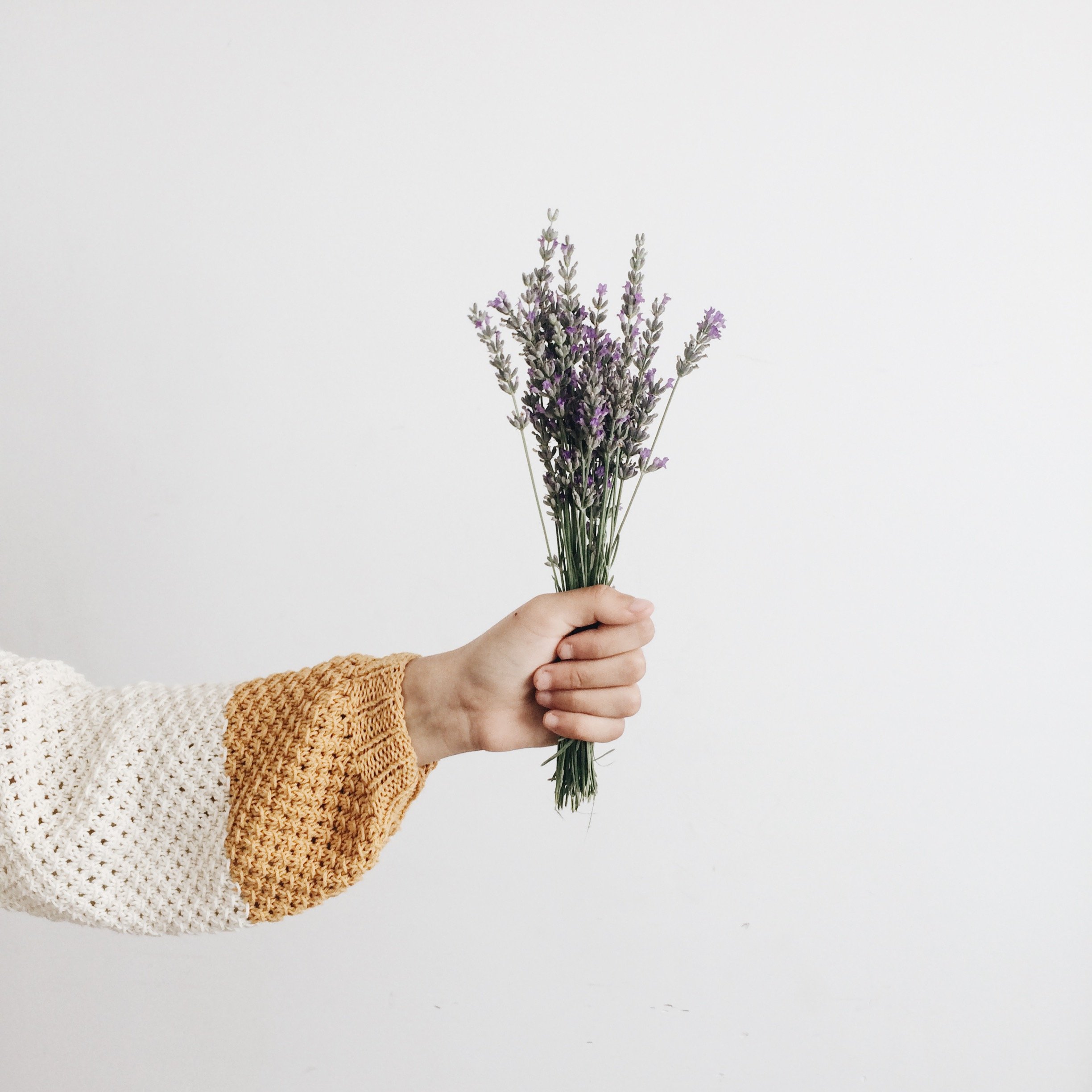All the Places to Sell your Knitwear Patterns
It can be overwhelming when starting knitwear design. One major part is how & where to sell your patterns. Although some websites have been widely used in the past, there are smaller platforms coming up that are filling the gap that has been lacking in the knitting community.
I went on a search to find all the places a knitwear design can sell their patterns and compiled a list. When looking at the different places to sell knitwear patterns, I focused the pros & cons for each site, the cost or transaction fee and whether the site was exclusive to knitting/crocheting.
Ravelry
For many knitters and crocheters, Ravelry will be the first place they go to when searching for patterns. It is also the go-to place for many designers to sell their patterns.
There is an abundance of free and paid patterns. Crafters are able to search patterns based on the yarn they want to use. They also have forums where you can connect with other artists and a message system which allows you to send direct messages to other members.
On the day of writing this blogpost, there were 522,374 patterns available for download on Ravelry. It is easy for your pattern to get a little lost among all those patterns.
It is free to list patterns. If you sell more than $30, 3.5% of sales are billed monthly and if you sell more than $1500/month, the only fee is 3% of EU sales. (Ravelry Shopkeepers)
There is also a feature that allows designers to sell their patterns through participating local yarn stores. In this feature, the designer receives 60% of the retail price and the yarn store receives 40%. Ravelry also makes it easy to create your own coupons and promotions.
With the latest update, not everyone has been able to access Ravelry due to headaches, seizures, etc.
Summary:
Specific to knitting/crocheting
Free to list patterns
Can make your own coupon codes/promotions
In-store sales feature
Over 500,000 patterns listed so it’s easy for your pattern to get overlooked
With new update, some users have not been able to use Ravelry.
Cost:
FREE if your sales are <$30
3.5% sales fee when sales are >$30/month
3% of EU sales when sales are >$1500/month
Etsy
Etsy is a website where people can purchase handmade goods. It is popular for ready-made, patterns, printables, etc. Because it is a general handmade website, the population you get is broader than you would get on Ravelry.
There is a $0.20 fee to list each item on your Etsy shop. For ready-made items, listing expire after four months. Once a pattern is sold, you are charged a transaction fee of 5%.
Etsy offers a platform that is user friendly where they have direct messaging amongst users. They also make it easy to create your own coupons and promotions.
On their website, there is a search option where customers can look up certain items they are looking for. However, due to all the products offered, it is easy for your patterns to get lost. In order to get traffic, it is necessary to use your own platforms to drive traffic to your Etsy store.
Summary:
Customers includes variety of crafters and people shopping for ready-made items
Can also list ready-made items
Ability to make your own coupon codes/promotions
Have to do a lot of self-marketing on your own platforms to get traffic
Cost:
$0.20 listing fee
5% sales fee
Makerist
Makerist provides the largest collection of downloadable PDFs from independent designers (sewers, knitters & crocheters). Their goal is to inspire and motivate crafters.
When I first came across this platform, what struck me was how visually pleasing it was. The website is beautifully made with gorgeous photos from their makers. And this is no accident, Makerist has their designers apply and carefully curates their website so it is visually pleasing to look at. They also have specific guidelines for photographs that makers can use on their platform.
What great about this platform is they constantly have sales and promotions going on that makers are able to participate in. Makerist promotes these events to their large social media following.
It is free to list patterns however a 35% commission is charged upon sale of a pattern. In order to have coupon codes or your own promotions, you need to submit and have approval for them.
Summary:
Includes sewers, knitters & crocheters
Free to list patterns
Designers can participate in their sales which they market to their large social media following.
Carefully curated designers which makes the website visually pleasing
There is an application process to be accepted as a designer
Need approval for coupon codes and promotions
Specific guidelines for photographs of knitwear
Cost:
35% commission charge upon sale of pattern
Ribblr
The first crafter’s website to offer an interactive pattern platform. This means the website will track which row you are on, use a feature called “smart sizing” to only show measurements and counts for your size and convert the pattern to any language the crafter needs. The latter feature will allow your pattern to be accessible to a broader audience than ever before!
You cannot make coupon codes yet, but you can put patterns up for sale by adjusting the price. It is free to list patterns and they charge a 4% sales fee.
They do a great job of promoting patterns that are in-season on their social media pages. In my personal experience, knitters have added and purchased my patterns due to Ribblr promoting my designs on their Instagram.
Summary:
Includes crocheters & knitters
Free to list patterns
One-of-a-kind interactive platform
Ribblr posts designs on their social media accounts regularly
May not appeal to people who like having PDFs of their patterns
Options for coupon codes not available
Cost:
4% sales fee
Lovecrafts
Lovecraft sells supplies for crafters such as knitters/crocheters, cross stitchers, paper crafters, etc. They also have a designer portal where independent designers can list and sell their patterns.
What’s great about this website is the pattern can be linked with the yarn they sell. When a customer is browsing their yarn, they can also browse patterns featuring that specific yarn.
It is free to list patterns. For each pattern that is sold, there is a $0.20 and 2% charge. However if sales are less that $40 in a month, there is no selling fee. If you sell more than $40, there is a 3.5% selling fee. If you hit $1,000 of sales in a month, the selling fee plateaus at $35.
You can easily import your patterns from your Ravelry however there is a waiting period. After importing your patterns, you have to go through and add details to each one and them submit them for final approval before the pattern can be published.
Coupon codes are not available on this website.
Summary:
Includes crocheters, knitters, cross stitchers, and other crafts
Free to list patterns
Pairs patterns with yarns used
Ability to import patterns from your Ravelry
They have over 50,000 patterns available on their website
Requires a waiting period when importing patterns from Ravelry and for final approval of pattern before it can be published.
Options for coupon codes not available
Cost:
Transaction cost for each pattern sold is 2% + $0.20
No selling fee for <$40 monthly sales
3.5% selling fee for sales >$40/month
The selling fee plateaus are $1,000/month so you will not be charged a selling fee for sales after you hit $1,000/month (which is $35).
Payhip
This site is quickly becoming my favorite. With Ravelry’s new update, some crafters were unable to access Ravelry. Many designers turned to Payhip to list their patterns.
I jumped on the Payhip bandwagon later than I should have. It wasn’t until someone wanted to purchase a pattern, but couldn’t access Ravelry that I started to put my patterns up on Payhip. Now I have the Payhip link wherever I have the Ravelry link available for those who may not be able to access Ravelry at this time.
One thing I really like about Payhip is how customizable the website is. I like it so much, it is where I send knitters to purchase my patterns from my website.
I find their dashboard easy to use and nicely laid out. It allows you to list both ready-made items and digital items (patterns) as well as subscription services. Currently, I have only been listing patterns, but in the near future, I want to transfer all my dyed yarn onto Payhip. And in the future, a subscription service for patterns or yarn would be amazing to explore.
It is easy to create coupons, promotions and even offer discounts for affiliates who share your Payhip link on their social media channels. The cost for Payhip is a 5% transaction fee however they do offer other subscription services that have lower transaction fees.
Summary:
Not a searchable platform for patterns
Your patterns are listed in your own “store” where you can also list ready-made items
Can make your own coupon codes/promotions
Free to list patterns
Not a crafter specific website
Have to generate your own traffic
Cost:
5% transaction fee however there are other subscription options.
Conclusion
There’s so many choices when deciding where to sell your knitwear designs. It is important to weigh the pros & cons to find the right fit for you and your brand.
I personally used Ravelry and Payhip regularly. When releasing a pattern, there is always so much to do that I find it overwhelming to add listing my patterns to all the websites listed above. I find I am more successful when I pick two main places to focus my attention on. However, I do have a weekly goal to list on other websites as time allows.
I hope you found this article helpful. As new websites come up, I hope to keep this article updated.
This site contains affiliate links. I may receive a commission for purchases made through these links at no additional cost to you.








